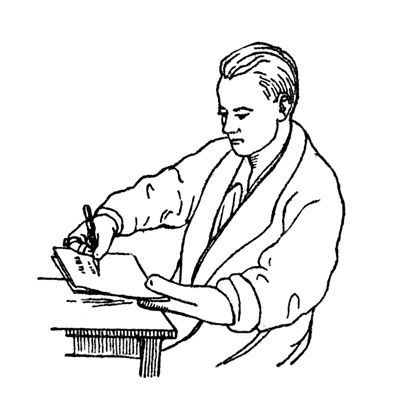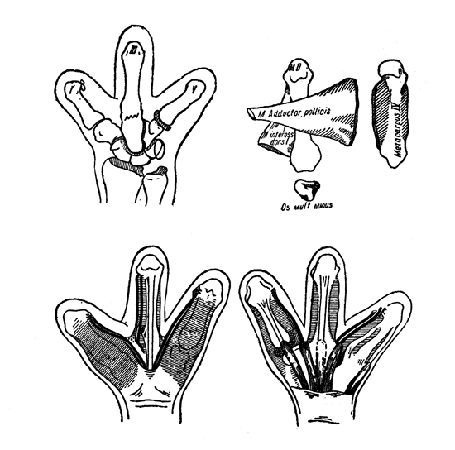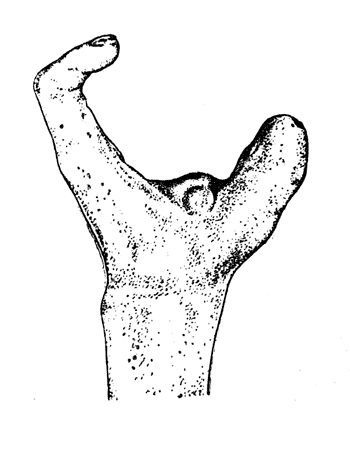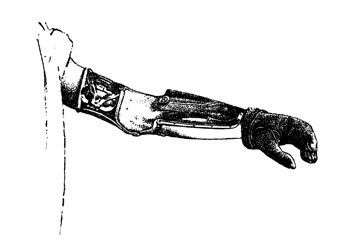Cinema means motion. In medicine, the process of cinematization is a surgery intended to allow motion to something overwise inert due to congenital or acquired reasons. This usually refers to children with inborn anomalies and injury victims.

The technique first appeared in mid-nineteenth century and rapidly developed in the twentieth century, especially after the World War Two. Thousands of people returned home missing fingers and limbs, and doctors did their best to ease their lives.
The first method created “fingers” out of whatever was left of the hand.

This Ninja Turtle style hand owner could be considered lucky: three fingers are enough to complete many of daily routine operations by yourself.
More common results were only two fingers, one of them greatly disfigured:

The second method included creating two “fingers” for those with complete hand amputation:

The surgeons cut the remaining limb in half, and after a little practice, this claw could be used to hold objects and even for writing and drawing:

In some cases, both methods were used:

The claw was supposed to be used to operate a prosthetic,

but many amputees chose against it, as it didn’t give the much needed sensual feedback. You may read more about the importance of feedback here.
The above described methods allow to utilize much of the arm muscle force, which is generally much stronger than that of fingers. After the initial success, enthusiastic doctors tried move on to full arm amputees with the same technique. However, they didn’t work there, since shoulder muscles are less powerful, and shoulder tissues are gentle and could be easily damaged under load.
Once again, that shows that sometimes doctors decision could be wrong or even mutilating, and one should be strong and consider as many medical options as possible before making a decision, and always make in knowingly. It is extremely important to be deeply engaged by the process to get yourself to default.
